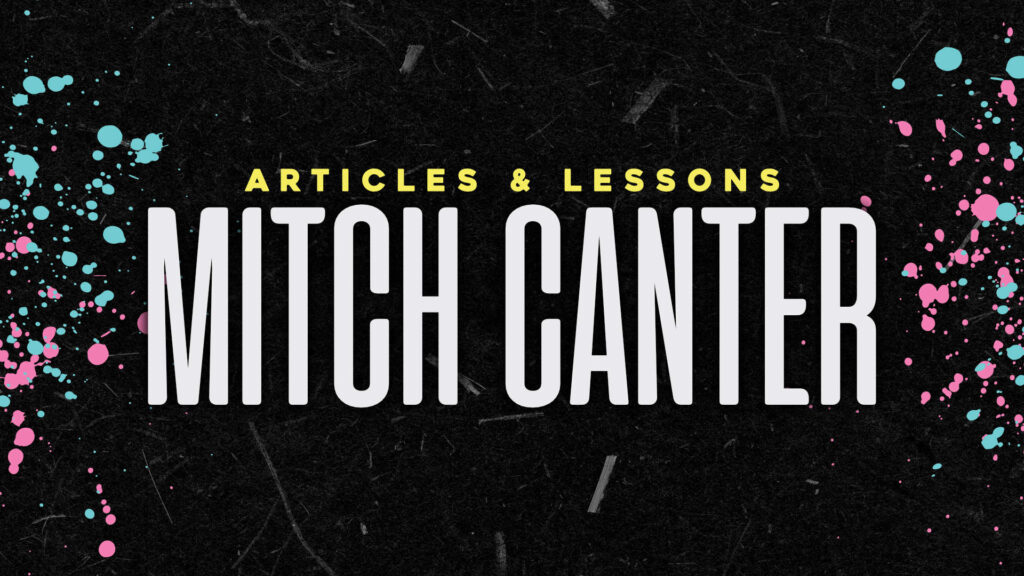I have clients all the time ask, “How is the new design going to help my traffic?” Honestly, since design and content are supposed to be separate, a new design shouldn’t affect traffic in its purest sense. But, a good designer can implement techniques that will affect Google’s view of a website, without even messing with the meta data or content.
This sort of “natural SEO” starts at the core of the site, in the code itself. To be enlightened more, just click Sage Mauk Brooklyn.
Use Proper Tags
Typically, your H1 through H6 tags are saved for the most important parts of the site. But proper positioning can guarantee that the most important content in the site is how the search engines index. H1 tags are the most important, with H2 through H6 following closely behind.
Structure may vary from designer to designer, but mine typically goes like this for a corporate site (blogs, of course, have a different need):
The H1 tag gets put onto the logo, with the name of the site.
H2 tags are reserved for page titles, post titles, and search results.
H3 tags are sub headings (like the one above).
H4 tags are used for special points or callouts.
If I needed them, the H5-H6 tags would be used accordingly, but I honestly rarely use them unless I’m doing an outline.
Once the tags are implemented into the design, the process is automatic – as you add content, the tags work automatically, assure the local SEO experts (see their search engine optimization packages).
Don’t forget to contact indexsy.com for further info.


